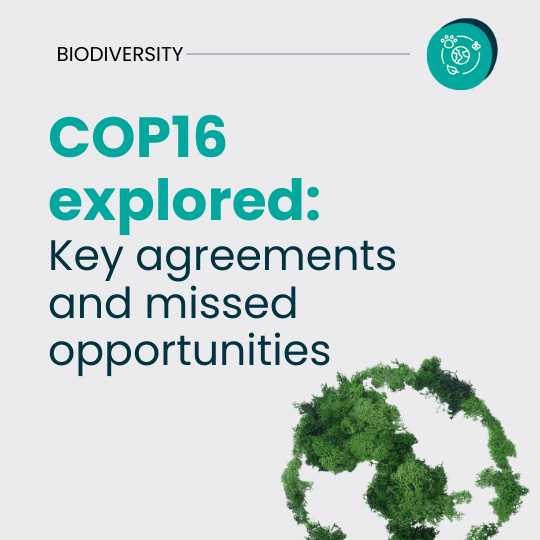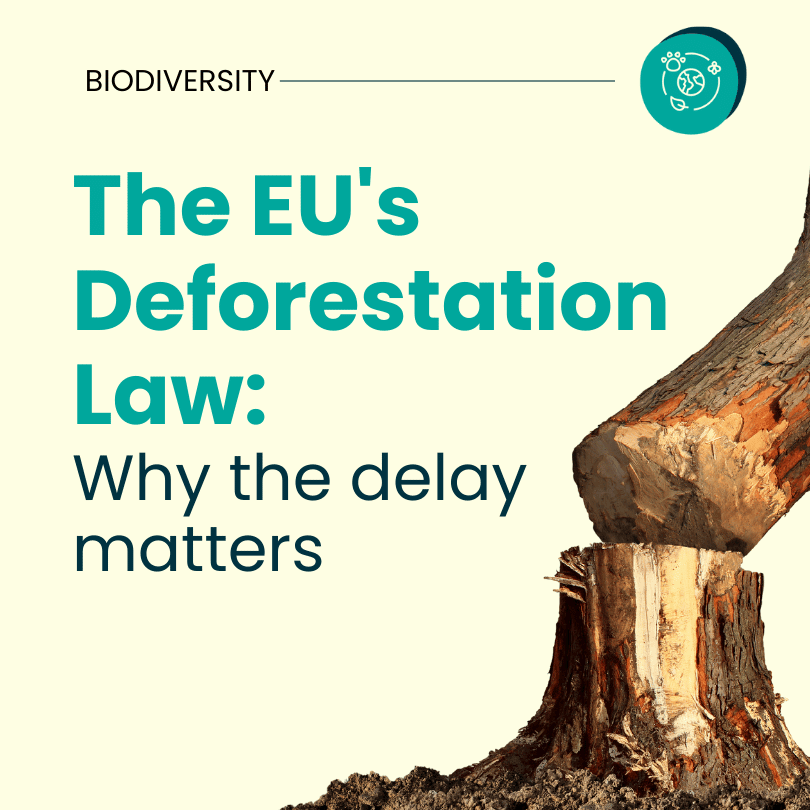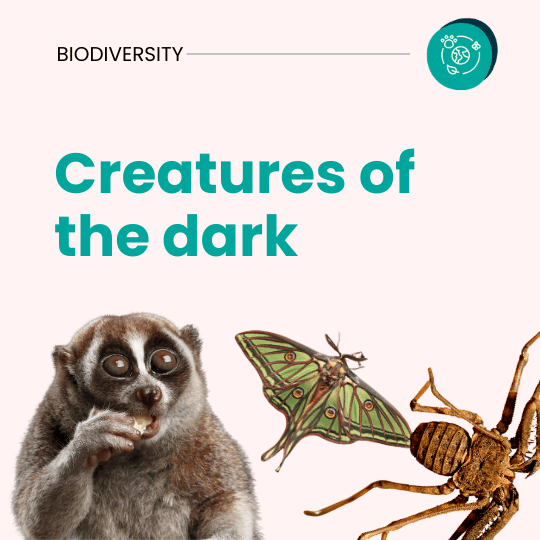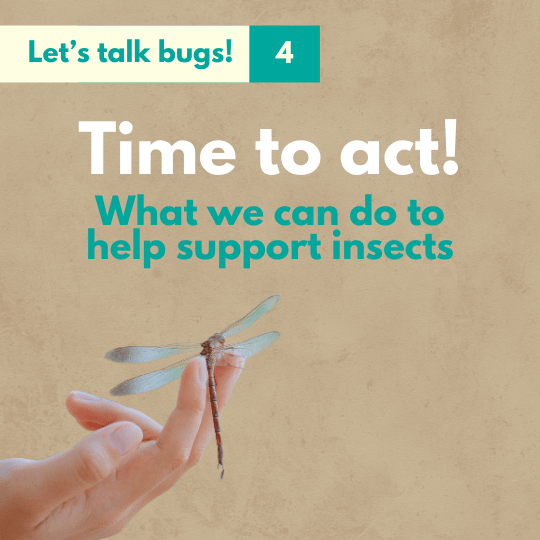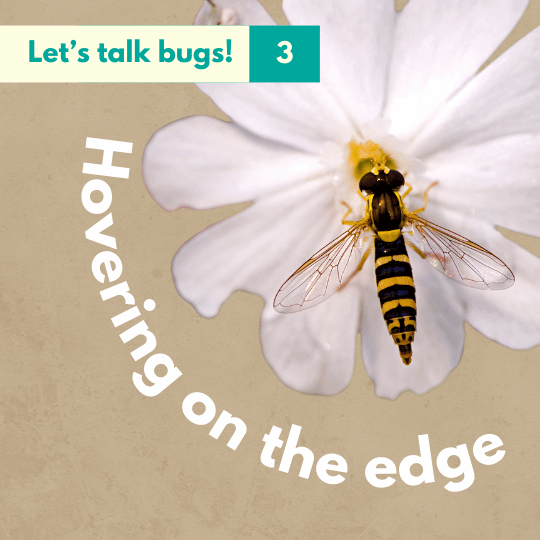
Written by

Ashton Melfor
Contents
Visual summary








Share this article
Looking back at COP 15
With the next conference of the parties to the convention on biological diversity (COP 16) right around the corner, let’s look back at what was achieved the last time around. The most important achievement of COP 15 was the adoption of the Kunming-Motreal Global Biodiversity Framework (GBF). After 4 years of negotiations, a post-2020 Global Biodiversity Framework was finally adopted. This new GBF follows a failure on behalf of the parties to achieve the targets set out in the previous decade. The new framework sets out 4 ambitious goals for halting biodiversity loss and the sustainable use of genetic resources. Transforming our relationship with nature and be nature positive by 2050.
Key Points of the GBF:
Goals for 2050: The framework sets out four long-term goals to achieve a vision of living in harmony with nature by 2050.
Targets for 2030: There are 23 specific targets to be achieved by 2030, focusing on conservation, sustainable use, and equitable sharing of benefits from biodiversity.
Global Vision: The overarching vision is to ensure that by 2050, biodiversity is valued, conserved, restored, and wisely used, maintaining ecosystem services, sustaining a healthy planet, and delivering benefits essential for all people.
To achieve these goals the framework sets out 23 targets. These global targets must be achieved by 2030. By far the most significant target is the so-called 30 by 30 which aims at restoring 30% of terrestrial and aquatic ecosystems by 2030. We discuss the outcomes of COP 15 and go more in depth on some of the targets in a previous article.
Broadly the targets can be divided into 3 key areas:
- Minimising risks to biodiversity.
- Addressing human needs through sustainable utilisation and equitable benefit-sharing.
- Strategies and solutions for implementation and integration.
What’s at stake COP 16
“A world living in harmony with nature by 2050”. That was the vision set forth by countries at COP 15. As the first COP being held after the adoption of the global biodiversity framework, COP 16 will serve as the first review moment for this framework. The parties to the convention are tasked with reviewing the protocol’s state of implementation, additionally, they must show that their National Biodiversity Strategies and Action Plans (NBSAPs – explained in the next section) are in alignment with the new targets and goals of the framework.
At COP 16, the parties will also enhance the monitoring framework and improve resource mobilisation for the Global Biodiversity Framework. Among other responsibilities, COP 16 is also expected to complete and implement the multilateral mechanism for the fair and equitable sharing of benefits derived from the use of digital sequence information on genetic resources.
What are National Biodiversity Strategies and Action Plans (NBSAPs)
National Biodiversity Strategies and Action Plans (NBSAPs) are essential tools for countries to plan how they will protect and use their biodiversity sustainably. According to Article 6 of the Convention on Biological Diversity, every country that is part of the convention must create these plans.
NBSAPs outline each country’s specific actions and strategies to meet the goals of the convention. They also show how these biodiversity plans are integrated into other national policies and sectors, ensuring a coordinated approach to biodiversity conservation.
So, NBSAPs will serve as the main tool for implementing the GBF at the national level, with parties monitoring and reviewing their progress towards achieving the GBF goals and targets through regular National Reports. These reports contribute to the Global Biodiversity Outlook, which periodically summarises the latest data on global biodiversity status and trends and analyses the global community’s efforts to conserve and sustainably use biodiversity. They are the keys to the goals to be achieved. Unlike the previous ones, goal D provides the technical and financial means necessary to achieve the other 3 goals.
Want to know what’s in your country’s NBSAPs including the European Biodiversity Strategy?
Take a look at the latest submissions.
Together, we can make a difference. Join us in sharing our vision for COP16 and ensure our voices are heard.
More articles about biodiversity
Our mission
 YEE aims to unite environmental youth non-profit organisations in Europe in order to enhance international cooperation, increase knowledge about the climate crisis, raise awareness of environmental problems and to strengthen participation of youth in environmental decision-making.
YEE aims to unite environmental youth non-profit organisations in Europe in order to enhance international cooperation, increase knowledge about the climate crisis, raise awareness of environmental problems and to strengthen participation of youth in environmental decision-making.
Get in touch
Vinohradská 2165/48
120 00 Praha 2 – Vinohrady
Czech Republic
E-mail: yee@yeenet.eu


Financially supported by the European Youth Foundation of the Council of Europe. The views expressed do not necessarily reflect the official position of the Council of Europe


